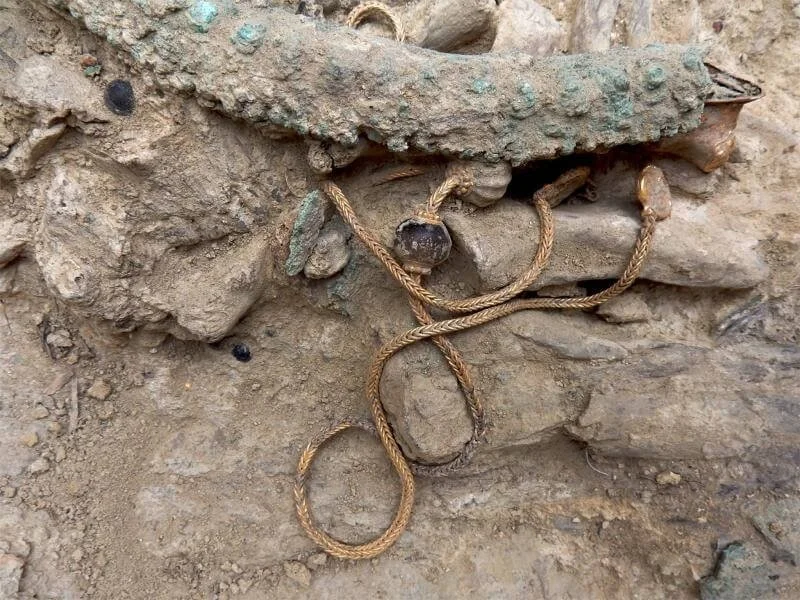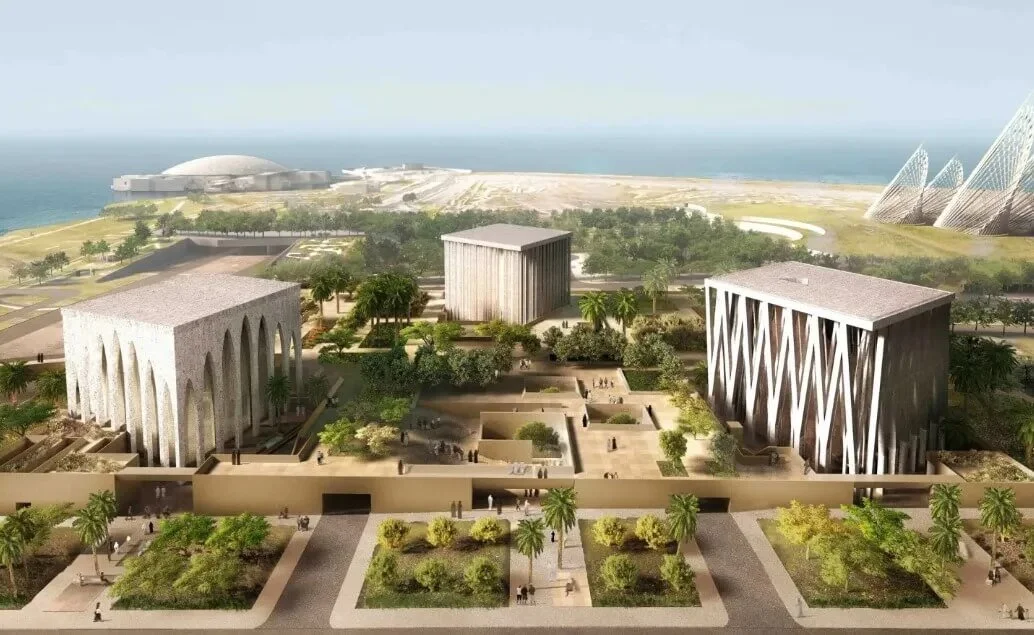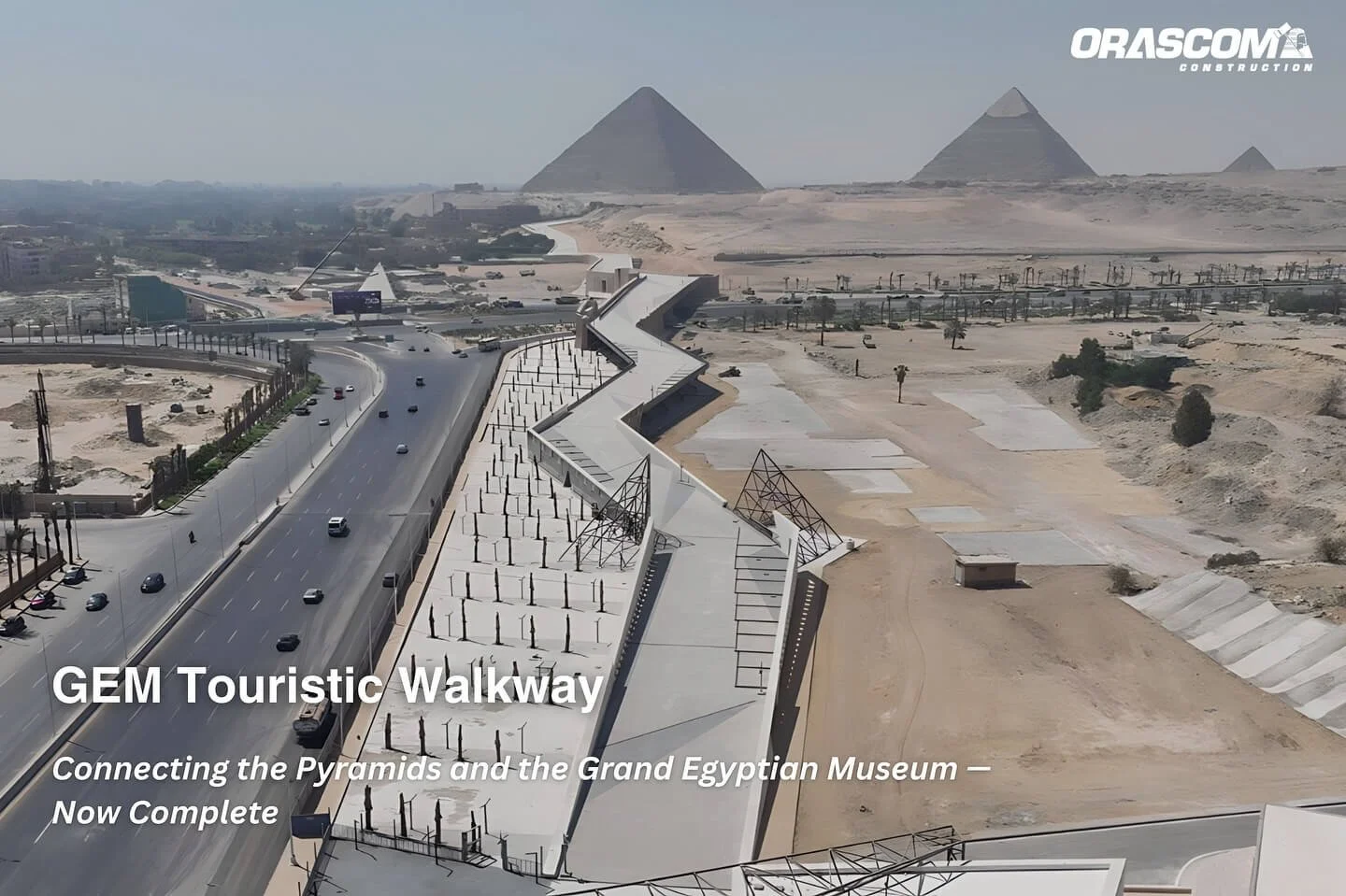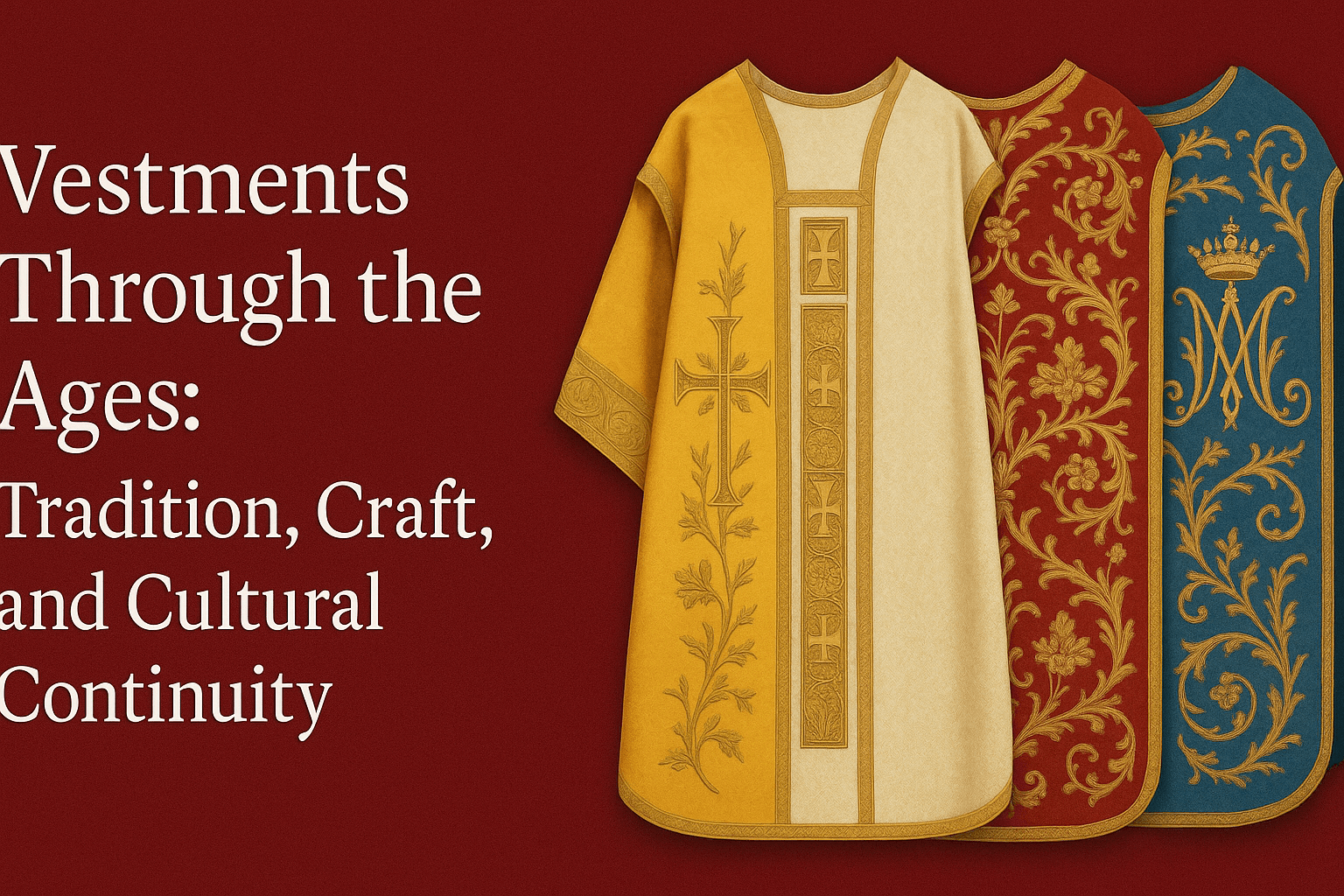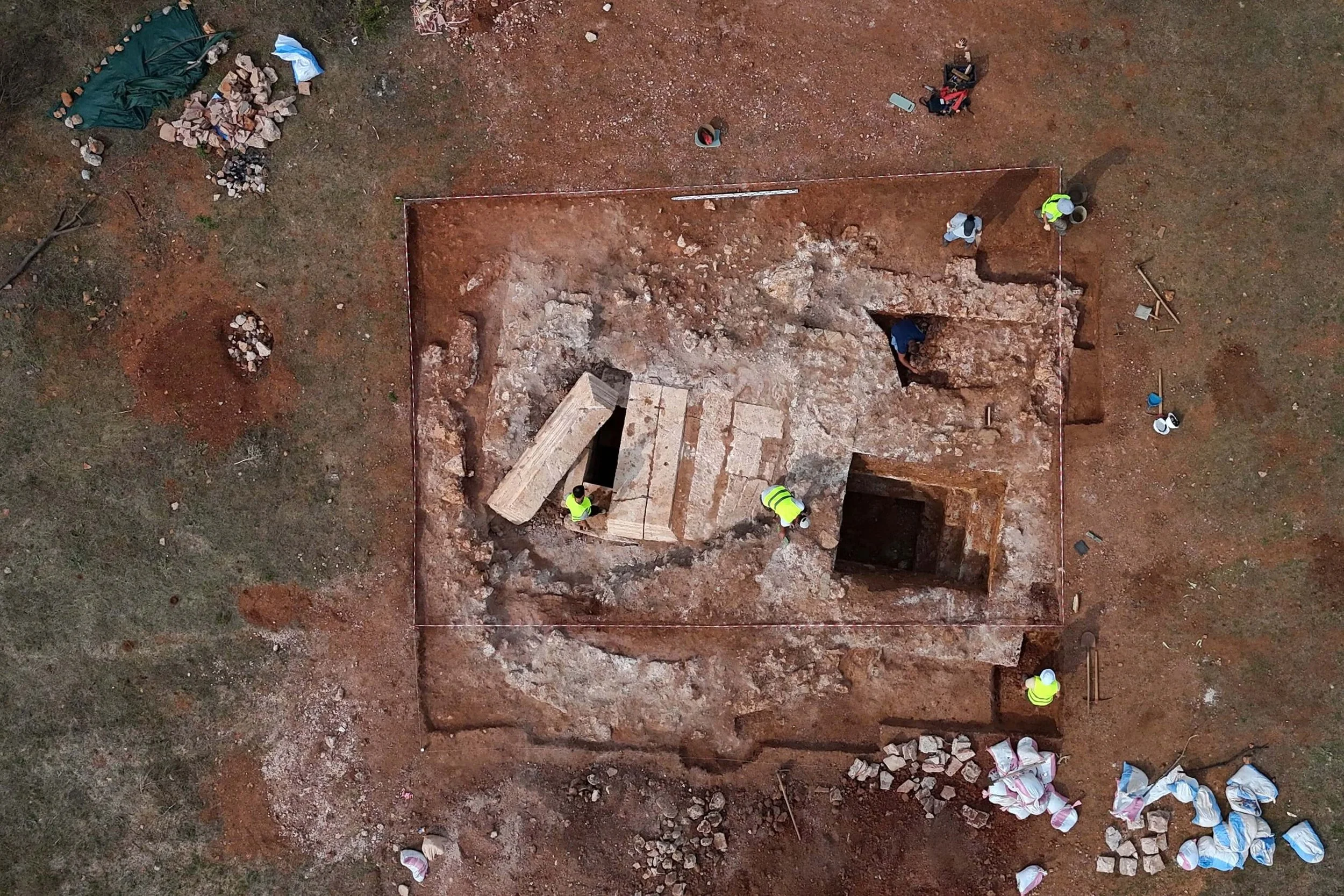An Architectural Marvel
The visionary behind this pharaonic endeavor (could there be a more fitting term?) is Farouk Hosny, a painter and Egypt’s Minister of Culture from 1987 to 2011. Inspired to create a new national museum after hearing the Cairo Museum (dating back to 1902) described as an aging "storage room" during a visit to France, he set his ambitious plans into motion.
In 1992, a presidential decree formalized the project, and a decade later, in 2002, an international architectural competition—sponsored by UNESCO—attracted over 1,500 design proposals from around the world. The winning design, created by Dublin-based architectural firm Heneghan Peng, aimed to seamlessly integrate ancient Egyptian geometry into a contemporary structure.
Construction began in 2005, but economic crises, political upheavals, and the COVID-19 pandemic led to significant delays. The final cost has exceeded $1 billion, funded by government resources, loans, and international sponsorships.
A Triangular Wonder
The museum’s design pays homage to Egypt’s ancient past while embracing modern aesthetics. Its imposing 800-meter-long alabaster-clad facade reflects sunlight, creating a breathtaking visual effect, particularly during golden hour. From above, the building forms an asymmetrical triangle, mirroring the geometry of the nearby pyramids. Water features near the entrance symbolize the Nile River—Egypt’s eternal source of life—as well as the journey from life to the afterlife.
As visitors approach, colossal hieroglyphics on massive walls come into focus. Tour guides pause to explain their meanings: “This represents eternity; this, the soul…” The journey into Egypt’s distant past has begun.
A Treasure Trove of Egyptian History
Inside, the museum boasts vast exhibition halls, conference centers, research laboratories, state-of-the-art artifact storage, souvenir shops, and restaurants. Upon entering, visitors find themselves in a dimly lit, cavernous hall—a stark contrast to the sun-drenched desert outside. A sense of reverence takes over. Overlooking the space is an awe-inspiring 11-meter-tall granite statue of Pharaoh Ramses II, weighing a staggering 83 tons, meticulously restored after being discovered in pieces in Memphis.
A grand staircase known as the Pharaohs' Stairway leads visitors to the main exhibition areas. Flanked by statues and sarcophagi, it offers a visual timeline of Egyptian art, enhanced by dramatic lighting that evokes a mystical ambiance. For those who prefer to skip the stairs, an escalator provides access to the upper levels.
The GEM will eventually house the complete collection of artifacts from Tutankhamun’s tomb—including his golden sarcophagus, the iconic throne, and his exquisite jewelry. Many of these treasures, never before exhibited, will soon be revealed to the public. While these halls remain closed for now, some objects are still displayed at the old Egyptian Museum in Cairo until their relocation.
Twelve completed galleries guide visitors through Egypt’s rich history, from prehistoric times through the Middle and New Kingdoms, all the way to the Greco-Roman era.
A Museum Fit for the Ages
Spacious and meticulously designed, the exhibition halls ensure that neither the artifacts nor the visitors feel cramped. Towering statues, sarcophagi, intricately carved hieroglyphic panels, household items, royal treasures, and everyday objects come together to narrate the extraordinary story of ancient Egypt. Informative, well-written descriptions accompany each artifact, making the experience both educational and immersive.
Natural light filters through the ceiling openings, casting ethereal beams that illuminate busts of regal women, the enigmatic face of a Sphinx, or towering columns inscribed with hieroglyphics. Strategic windows frame breathtaking views of the pyramids, reminding visitors that history continues beyond these walls.
Our guide, brimming with enthusiasm, repeatedly asks, “Do you like it? It’s important that people love it. We’re so proud of this museum. We overcame immense challenges to complete it. So, honestly—do you like it?”










































